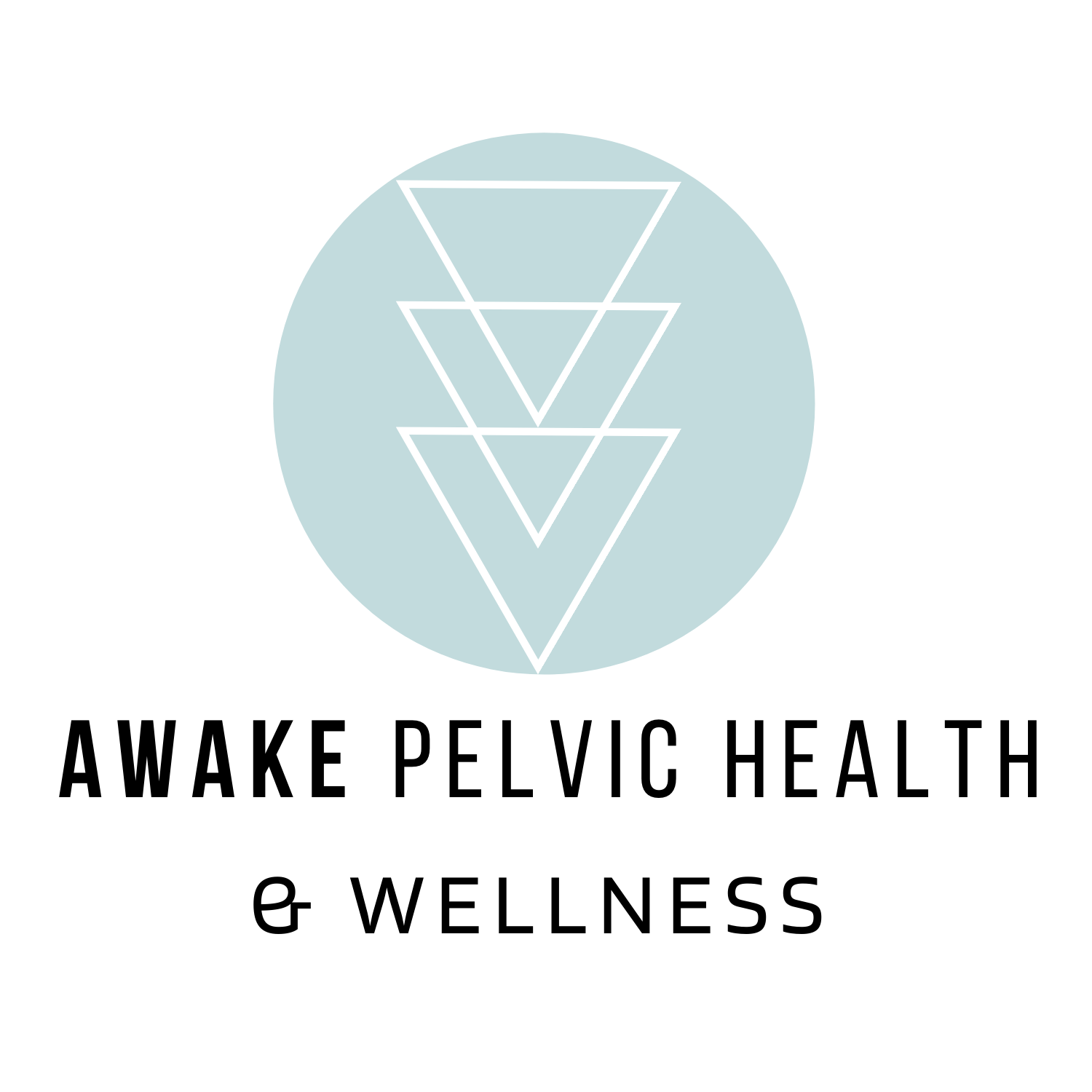Pain does not equal damage!
One common misconception is the pain equals harm or damage. But what we know from current research on pain, is that pain actually means “protection”, not damage. Pain is a complex, multifactorial experience involving our brain and our nervous system. Our body is contained of a vast highway of nerves that communicate and send signals back and forth to our brain to provide us with information about our environment and sensations from the body (such as hot, cold, texture, pressure, etc).
The feeling of pain is a way for our nervous system and brain to tell us to pay attention. If you stepped on a rusty nail but had no ability to feel pain, this would not be a good thing! In this case, pain from stepping on a rusty nail alerts us to get the nail out and seek medical attention so we don’t get an infection or make the wound worse.
When Pain Becomes Chronic
However, what is not normal is when we have been feeling pain for a persistent period of time (such as 3 months to years). When we have chronic pain, our nervous system and brain actually start to change. Our nerves start to become extra sensitive, so things like light touch or light pressure (something that usually shouldn’t cause any pain at all), can be almost unbearable for some people. The longer we have been feeling pain, the more sensitive our nervous system becomes and it’s alert system goes on overdrive. We can think of this like a faulty alarm system on our house; if the alarm system on our house is far too sensitive it will go off with just the blowing of a leaf.
So how does this information about chronic pain help us with treating and resolving pain? Because we know that pain does not automatically mean harm or tissue damage, and that our brain and nervous system play a big role, then we can do things to positively impact our nervous system. We can do strategies in our daily life that help calm down and reduce the “sensitivity” of our nervous system alarm and the way that our brain perceives pain.
How We Can Heal from Pain
Working with a trusted physical therapist and healthcare team that are all well versed in pain science is a great place to start. Together we learn what your boundaries are around pain, and find ways to gently nudge those boundaries to help you get stronger, more active, and living the quality of life you deserve to live. We also start to get curious around the various and unique contributing factors to your pain experience and protective response and create a plan to address this.
Some examples of a treatment approach to help calm down your nervous system alarm and build back resiliency/nudge boundaries might be: mindfulness exercises, yoga and deep breathing, stress-reducing activities, a progressive walking program, identifying and tackling negative/unhelpful belief systems, a progressive exercise program, coming up with strategies to improve sleep and diet, etc. Are you ready to tackle your pain, build resiliency, and improve your quality of life? Contact us and let’s chat about how pelvic physical therapy can help you.



